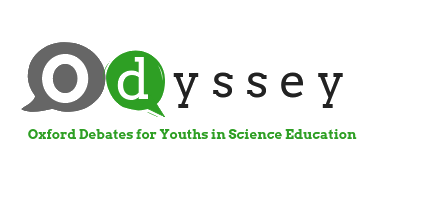
Download the full toolkit
Download powerpoint presentation
Watch the video
Description: The 4th Industrial Revolution (4BE / 4IR) has already begun. The countries that seek their evolution, as societies, participate in it by any means and in any way. Pupils, students, professors, universities, institutes, companies, institutions and politicians actively participate and contribute with their (corresponding) role in it. The main technological dimensions, related to the 4th Industrial Revolution, are: Information Technologies, Artificial Intelligence, Photonics, Nanotechnology, Biotechnology and Robotics. Looking ahead with a clear vision and aiming at the active participation of each European country in the global educational development, it is considered appropriate for the students of the modern European school to be informed and to deal, in essence, with nanotechnology, which is one of the most important dimensions of the 4th industrial revolution. Nanotechnology is related to the study and technological creation of very small objects (in the order of nanometers / nm), which find application in many fields, such as biochemistry, materials science, pharmacology, medicine and elsewhere. The main activities of nanotechnology include the design and fabrication of nanomaterials at the molecular and atomic levels, as appropriate, as well as the various applications of these materials in industry and in everyday life. In more, Nanotechnology has an interdisciplinary character, since it is inherently related to structures studied on the same scale (nanoscale) in many different sciences, such as quantum physics, quantum chemistry, biology, microelectronics, etc. The technological applications of nanotechnology, i.e. the creation of nanomaterials in various forms, vary and there are several reports of its positive and negative effects on health, the environment and the daily life. Therefore, the crucial question arises as to whether the use of nanomaterials causes health problems and their use has negative effects on the environment or whether the problems are limited and the technological applications are, in fact, beneficial to the environment and, consequently, to human health. Within this framework, the main purpose is for the students, in groups, to formulate arguments in favor of one or the other point of view, which they will ultimately support within a scientific debate ‘Odyssey’ with their classmates, based upon the information material of the specific educational package.
The educational package “Nanotechnology: Health and Environment” consists of:
1) an introductory presentation and orientation questions for students.
2) Information material which consists of 16 Information Cards and 11 Story Cards (structured according to the educational approach developed in the framework of the European project “Odyssey”). This material also presents the basic terminology, keywords, and pre-existing knowledge about the scientific concepts and procedures to be used.
3) A guide for teachers that will support the implementation of the project Odyssey in classroom.
4) An educational video that is mainly based on the introductory presentation.
In general, the educational package “Nanotechnology: Health and Environment” will introduce students to the basic concepts of the Nanotechnology topic, its applications and related issues that arise or are likely to arise in the future as well as possible ways to address these problems.
More specifically, students are expected to:
• learn the meaning of nanoscale• the materials that have been created on this scale, which they offer solutions and have advantages in their various fields of application (medicine, pharmacology, industry, cosmetics, ..)• recognize the contribution to the economy from the development of these materials• approach the potential risks to human health from their (uncontrolled) diffusion into the environment.
The educational package “Nanotechnology: Health and Environment” includes sixteen (16) Information Cards and eleven (11) Story Cards.
Indicatively, the Information Cards include data for:
• the applications supported by the development of nanotechnology• the relationship of nanotechnology with various diseases and the environment• the products and nanomaterials in general that have been created• nanotoxicity in plants• the relationship between nanotechnology and development• current and future implementations and applications with the help of nanotechnology.
The Story Cards include information about:
• History of nanotechnology• Potential hazards to human health and the environment• Nanomaterials and medicine• Specific applications of nanotechnology and nanomaterials• Nanotechnology and its applications. After the study of the educational package “Nanotechnology: Health and Environment”, the involved students will be able to participate to the following scientific Odyssey debate: “The use of nanomaterials causes serious health problems in humans”.
Photo source: https://www.openaccessgovernment.org/nanotechnology-work-related-aspects/83480/
